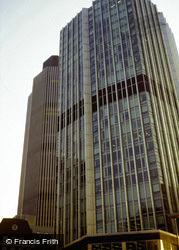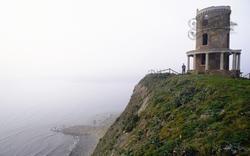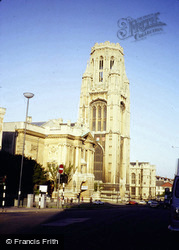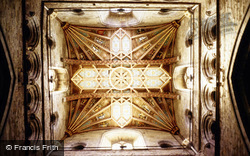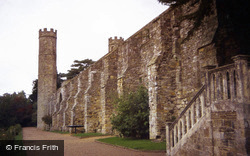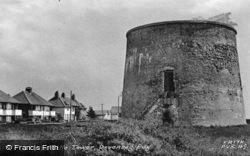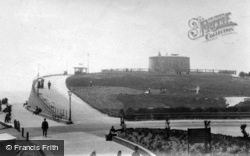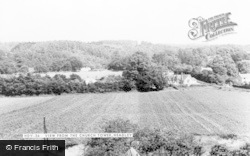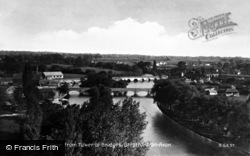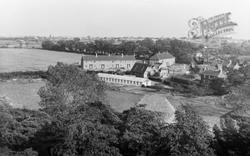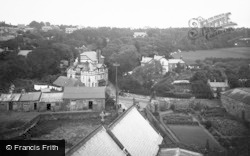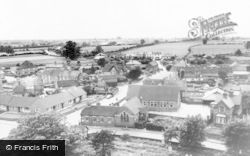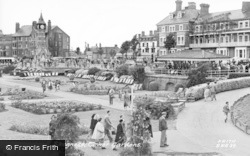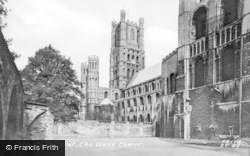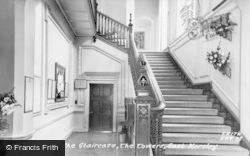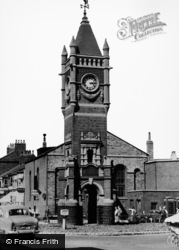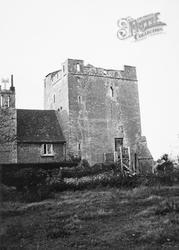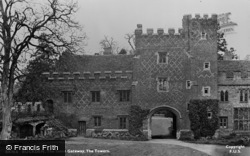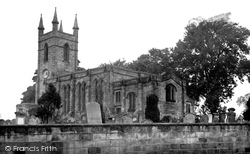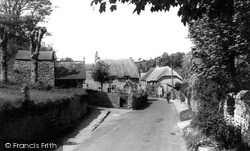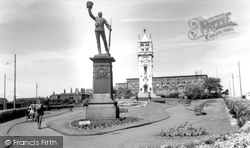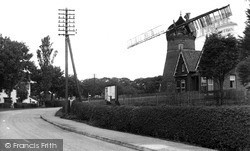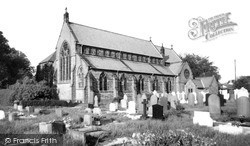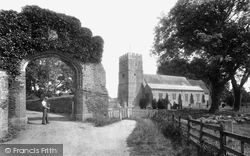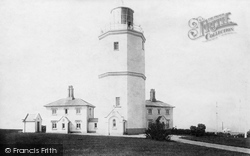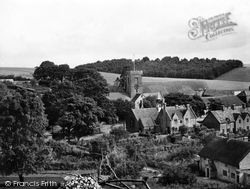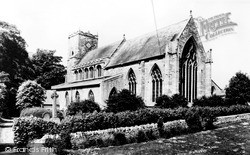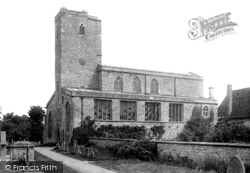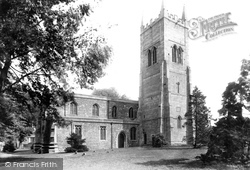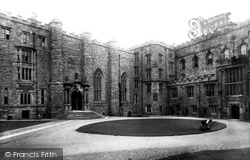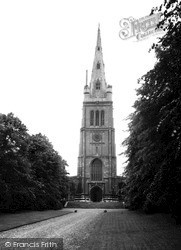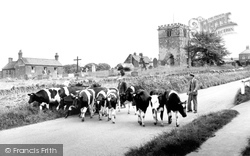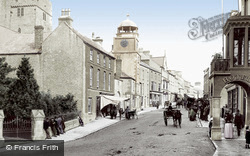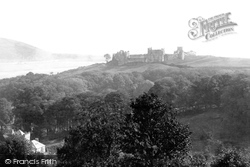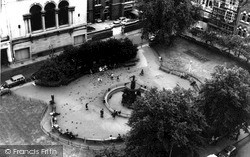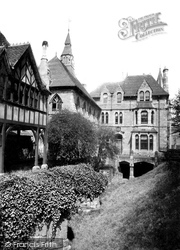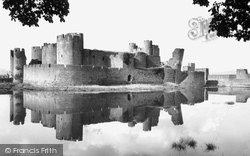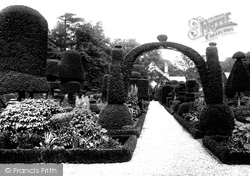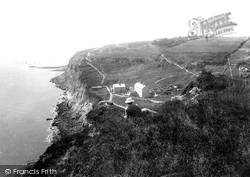Places
36 places found.
Those places high-lighted have photos. All locations may have maps, books and memories.
- Poplar, Middlesex
- Bow, Middlesex
- Bethnal Green, Middlesex
- Stepney, Middlesex
- Alton Towers, Staffordshire
- Isle of Dogs, Middlesex
- Limehouse, Middlesex
- Spitalfields, Middlesex
- Barjarg Tower, Dumfries and Galloway
- Bromley, Middlesex
- Stratford Marsh, Middlesex
- Tower Hill, Merseyside
- Tower Hill, Essex
- St George in the East, Middlesex
- Wapping, Middlesex
- Globe Town, Middlesex
- Old Ford, Middlesex
- Cubitt Town, Middlesex
- Tower Hill, Cheshire
- Tower Hill, Surrey
- Bow Common, Middlesex
- Mile End, Middlesex
- Millwall, Middlesex
- Ratcliff, Middlesex
- Warmley Tower, Avon
- Tower Hill, Hertfordshire
- Tower End, Norfolk
- Tower Hamlets, Kent
- Tower Hill, Devon
- Tower Hill, West Midlands
- Blackwall, Middlesex
- North Woolwich, Middlesex
- Hackney Wick, Middlesex
- Shadwell, Middlesex
- South Bromley, Middlesex
- Tower Hill, Sussex (near Horsham)
Photos
2,720 photos found. Showing results 1,781 to 1,800.
Maps
223 maps found.
Books
1 books found. Showing results 2,137 to 1.
Memories
637 memories found. Showing results 637 to 637.
Captions
3,036 captions found. Showing results 2,137 to 2,160.
Dobson restored the chancel and nave and added a north aisle and the west tower. A porch was added in 1844.
The church is dedicated to St Osmund and has a 15th-century tower, although most of the fabric is from about 1840.
Though built of quality stone, the Town Hall, designed by Reginald Edmunds in the 1930s, has little in the way of decoration; in that respect it is eclipsed by the ornate clock tower erected to the memory
The brick tower windmill of 1770 and 1890 survives, minus its sails, and has been well-converted into a house.
The church of St Andrew, Gothic in style, was built in 1887 to replace one built in 1773; a planned tower never materialised.
The small louvered bell tower overlooks a playground still in use. New substantial dwellings for the town's burgeoning middle class rise up towards Beacon Hill.
The 15th-century tower of the church stands on Norman foundations, and houses the tomb of the last abbot of St Augustine's abbey at Canterbury who, at the time of the Dissolution, was given the manor
A principal feature of the new buildings were the four Italianate towers constructed of Ruabon red brick.
The 85-foot high functional-looking white tower of the North Foreland Lighthouse was built in the late 17th century.The light, 188 feet above high water, is visible for 19 miles.There is said to
The main buildings are 1868-dated Symondsbury School (centre) and St John the Baptist Parish Church, with a clock and six bells to its embattled tower.
The tower of the church of St Peter was rebuilt in the 18th century after the previous one fell down.
The west tower was originally built as a two-storey porch in c1030, and the aisles were added around the year 1200.
The parish church of St Mary is built of local cobbles, with a fine tower that was rebuilt in 1688 using 13th-century materials.
The corner tower houses the Black Staircase, which when completed in 1662 was free-standing, even though it rises through four floors.
The avenue leads to the superb west tower of Saints Peter and Paul church. Its grandeur recalls the pre-boot and shoe era of the sheep trade, from which the town gained its earlier wealth.
The church was built in Norman times, and the squat tower was given its belfry and battlements in the 15th century.
The tower of St Mary's Church rises over the rooftops to the left of the picture. The portico of the Lion Hotel is seen on the right.
The great gatehouse and mural towers of the outer ward were probably built during the reign of Henry III.
Seen here from the tower of the Town Hall, the rather bulbous layout (which, it has to be said, is less noticeable from eye level) could, with imagination, have been improved so as to relieve the 50
sheer bulk of its buildings must have made an imposing sight on the Coventry skyline.The complex included a church about 400 ft long; a cloister on the north side; the west front was supported by towers
The drum towers were also used for accommodation, while the Constable's apartments were situated in the east gatehouse. The wall partly off-picture to the right is a section of the fortified dam.
Levens Hall is a fine Elizabethan mansion built for the Bagot family around 1580, around a 14th-century pele tower.
Demolished in 1939, this house is thought to be the third dwelling on the site – the first was possibly a Norman tower. A
East Cliff towers above Rock-a-Nore Road here, with fishermen's sheds and stores on the left.
Places (38)
Photos (2720)
Memories (637)
Books (1)
Maps (223)


